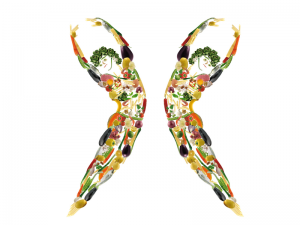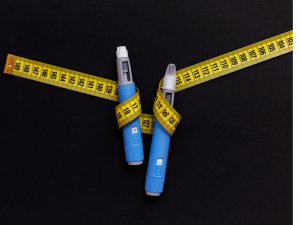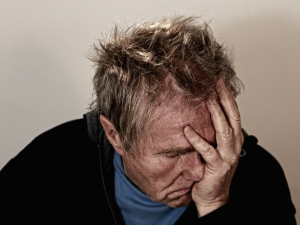Midlife can feel like a crossroads. Energy dips. Recovery slows. Muscles don’t respond the way they used to. It sounds like a decline, but it doesn’t have to be that way.What if this is the moment to redesign how you live in your body? I’ve seen it happen. When men start listening instead of pushing, they often move better, feel stronger, and enjoy their bodies more than they did in their twenties.
What Really Changes
Testosterone levels gradually decline from around age 30, typically by about 1% per year. By your 40s or 50s, this can affect energy, motivation, and muscle tone.
- Stress builds up quietly, often without being talked about. This manifests as fatigue, tightness, or brain fog.
- Movement gets narrower, especially with desk jobs or sedentary routines.
- Recovery becomes slower, meaning injuries persist and inflammation lingers.
- These aren’t failures. They’re signals, and they respond well to attention.
Try This Instead
Reawaken your activity: What worked in your 30s may not be effective now. Add in joint mobility, slow strength training, loaded stretches, and more control. Focus on how things feel, not just what burns.
Breathe and rest better: Many men live in a state of near-constant stress. That’s cortisol at work. Breathwork, better sleep, and consistent meals aren’t luxuries; they’re recovery tools.
Tune in instead of checking out: If your joints ache every morning or you’re crashing by mid-afternoon, those are clues. Noticing them early can prevent more serious issues later on.
Final Thoughts
This phase of life isn’t about trying to be 25 again. It’s about choosing how to move forward with more intention, insight, resilience and agency
Next up in the series, we’ll break down one of the most common complaints, stiff, sore backs, and why the hips are often to blame.
All About Men: Is a 3-Part Series on Stress, Strength, and Joint Stiffness
How the Body Shows What Men Don’t Say
The Midlife Male Body – Decline or Redesign
What’s Really Going On With That Stiff Back








